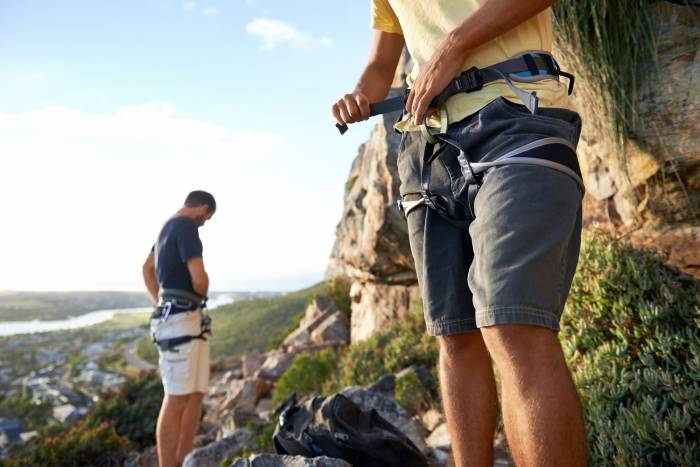Nepal recently wrapped up its 45-day Everest Cleaning Campaign. But trash removal on the world’s highest mountain is going to take a lot more effort.
The campaign, which began in April, aimed — and succeeded — in removing nearly 24,000 pounds of garbage and waste from Everest, according to the Kathmandu Post.
But asking climbers to help pick up trash isn’t enough. The rural municipality within Nepal’s mountainous Solukhumbu district recently issued a ban on single-use plastics.
Bags and wrappers, as well as any plastic less than 0.03 mm thick, like soda bottles (water bottles are exempt), will be prohibited on Everest and surrounding peaks.
Officials scheduled the ban for January 2020. It will apply not only to trekkers but to locals as well. The local government plans to distribute five free alternative-material bags to each person in the region affected by the removal of plastics, reported the Kathmandu Post.
Why Is There So Much Trash on Everest?
A big part of the issue is the rise in the crowds of people trekking up the mountain in recent years. Besides the plastic ban, there are other efforts being made to combat the waste issue.
China banned non-climbers from the Tibet side of the mountain in an effort to reduce traffic waste earlier this year. Nepal has promised higher permit fees on their side to eliminate less-experienced climbers from attempting to summit.
Attention has also been brought to the amount of human waste and corpses on the mountain. But these are harder to remove.
Nepal only recently put a proper waste management system in place. Figuring out how to get the trash down from Everest to the town of Lukla was only half the battle. Trash then has to travel down to Kathmandu to a waste recycling facility. That will take more fuel and manpower.
Who’s Going to Clean It Up?
On the Everest Summiteers Association homepage, the cleanup focus is front and center. In a section of the site titled “Saving Mt. Everest,” the ESA has been keeping up with the country’s waste removal progress since the first cleanup campaign in 2011.
And the ESA is part of a group of organizations — including the Sagarmatha Pollution Control Committee and national tourism board — working to organize, support, and continue the cleanup campaign.
Although many organizations across Kathmandu and the Sagarmatha region have pledged to help, trash removal costs hundreds of thousands of dollars. It’s a major investment for a poor country.
Furthermore, Nepal is unsure of how the plastic ban will affect the economy. The Kathmandu Post reported last week that the municipality estimates nearly 150,000 visitors came to the region last year, and next season it could more than double.
How the Nepali Government Will Respond
The clean-up campaign and new plastic ban have Nepal’s Department of Tourism working alongside local pollution control committees, trekking companies, and even airlines to ensure that the ban is taken seriously.
“Our goal is to extract as much waste as possible from Everest so as to restore glory to the mountain,” Danduraj Ghimire, director-general of the Department of Tourism, told the Kathmandu Post.
One former rule established to reduce waste stated that each climber should carry down roughly 18 pounds of garbage. But climbers largely ignore that rule due to ineffective enforcement, the report noted.
Whether or not the plastics ban is strictly enforced, no one disputes that preserving the ecosystem surrounding the mountain — and its natural beauty overall — is worth a little more effort.







